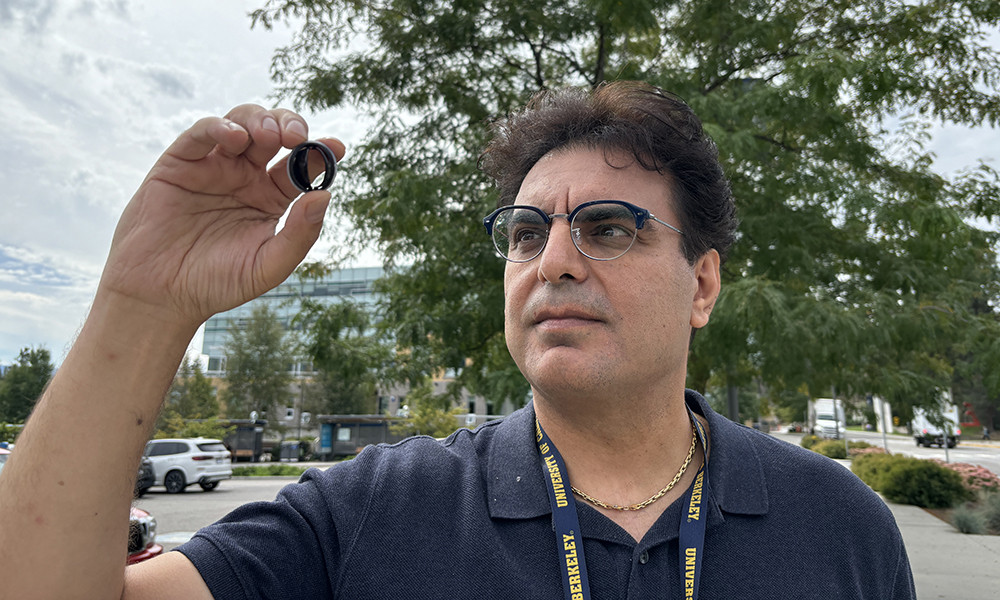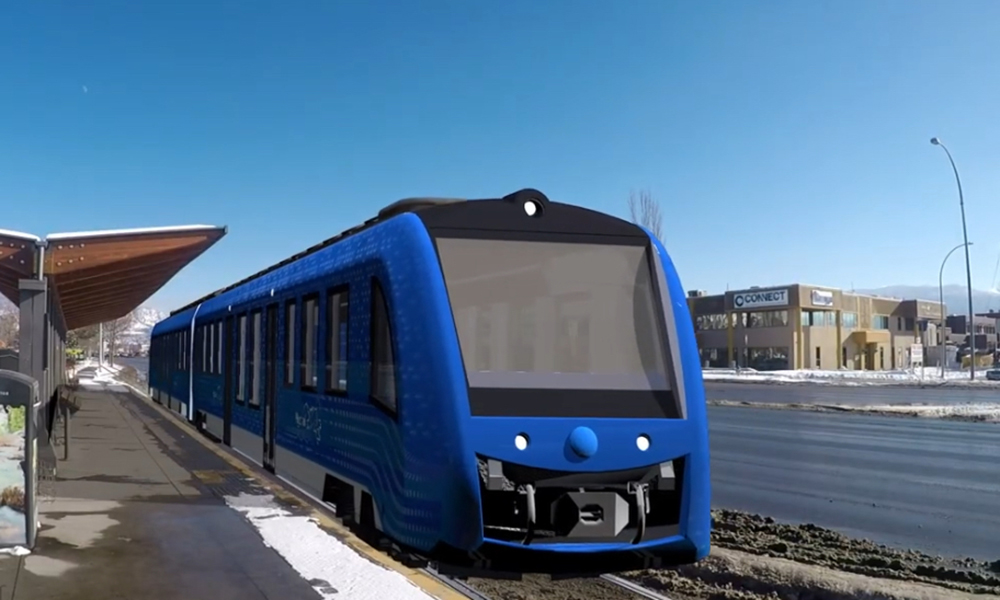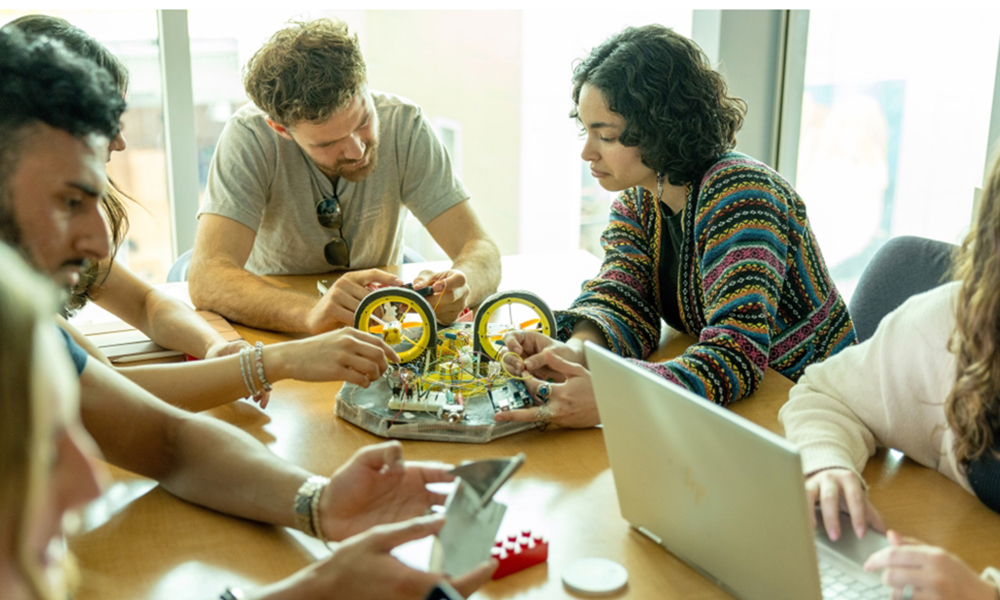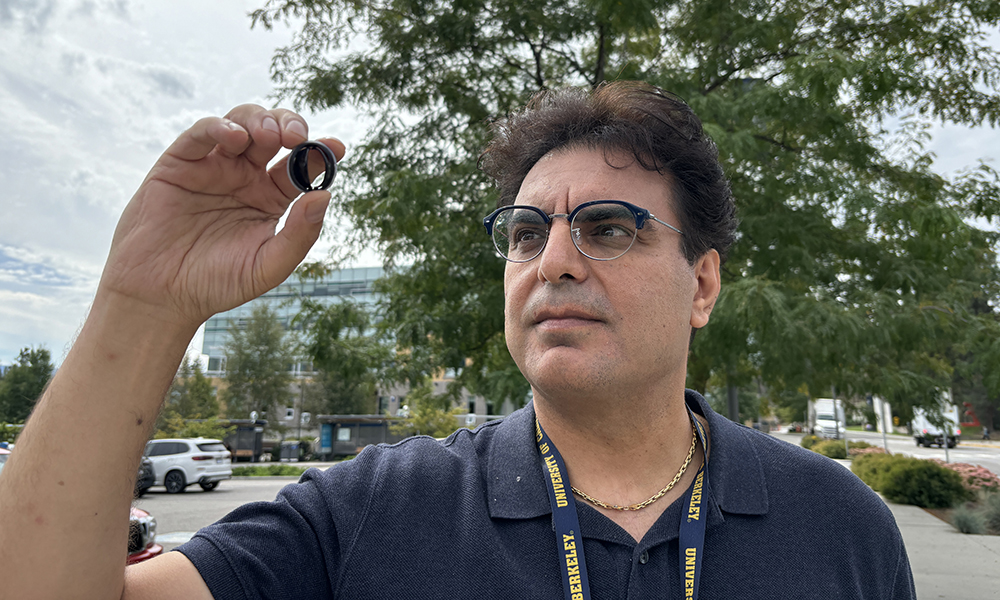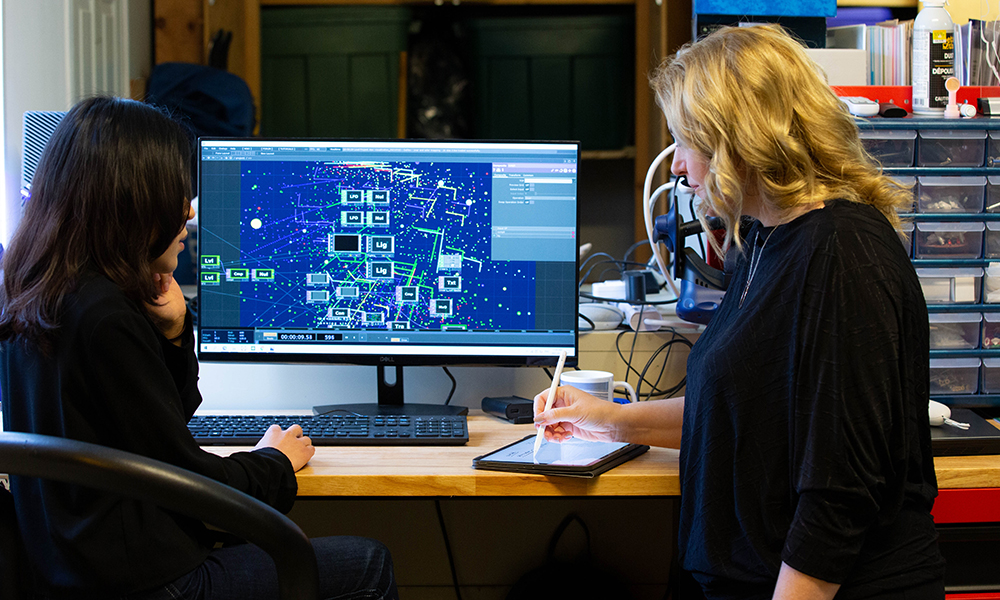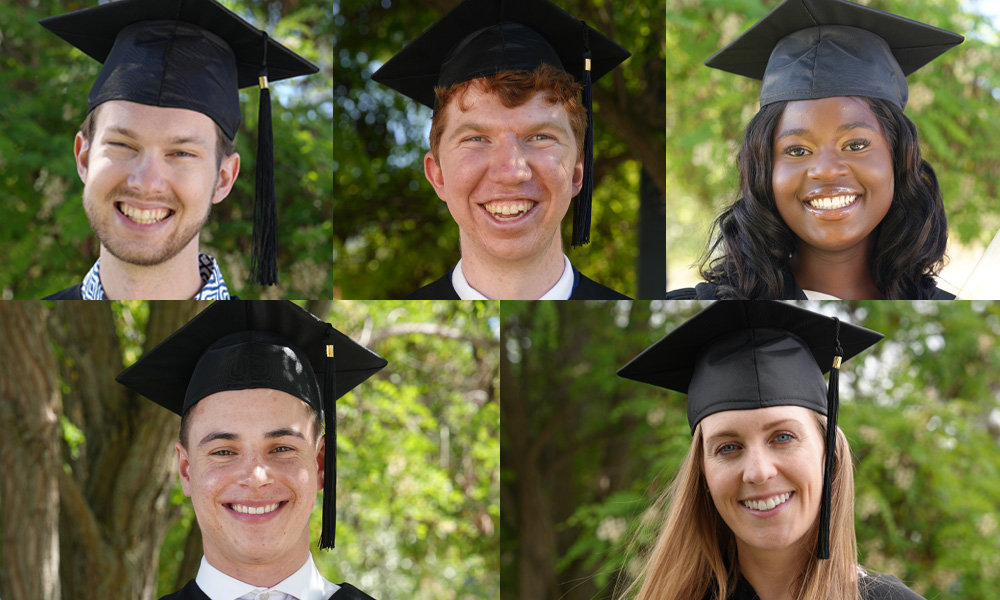
UBCO honoured more than 2,400 graduates last week along with top academic achievers Jordan Bird, Liam Krebbers, Oluwaseun Akinloye, Jacob Sol and Joanna Fear.
Inspired by previous UBCO top students as he began his master’s degree a few years ago, Jordan Bird—this year’s winner of UBC Okanagan’s Governor General Gold medal—has now reached their heights.
While completing his master’s degree, Bird worked under the supervision of Dr. Glen Foster and was also exposed to the work of previous UBCO graduates Drs. Mike Tymko and Ryan Hoiland—both won the Governor General Gold medal in 2019 and 2020 respectively.
The Governor General Gold Medal is awarded annually to the student with the highest academic standing who is graduating from a UBCO master’s or doctoral program. This year, Bird, who received the university’s top award as he graduated from the School of Health and Exercise Sciences with a Master of Science degree, admits he had excellent role models and support throughout his studies.
“My undergrad mentor Dr. Trevor Day would always tell me that science is about people. You look at the School of Health and Exercise Sciences and realize it is a really special place because of both the quality of people you work with and the quality of research conducted. When you look at former students like Drs. Tymko and Hoiland—who are phenomenal people and academics—it’s no secret that you get to work and learn from really great people at UBCO,” says Bird. “If you work with genuine people who care about facilitating each other’s success while also working hard, good things happen.”
Bird didn’t plan on continuing his studies, but after meeting researchers such as Drs. Hoiland and Mypinder Sekhon—who were conducting research at UBCO—he decided to work on his doctorate and moved to UBC Vancouver to study under them.
“While it has been a transition to a new field of study, the most important thing to me is doing good work with good people,” he says. “The people at UBC and UBCO are ambitious, supportive, humble and enthusiastic. I’m just incredibly lucky to be able to work with such amazing groups throughout grad school.”
Bird, who plans to pursue either medicine or critical care research, was presented with his Governor General Gold medal when he graduated Friday morning.
Also graduating Friday, was Liam Krebbers, who is heading straight into his doctoral program. Along with receiving the School of Engineering Medal of Excellence, he was also presented with the Governor General’s Silver Medal for his high academic accomplishments.
The Governor General’s Silver Medal recognizes undergraduate students who have achieved the top academic record throughout their university careers, while the UBCO Engineering medal goes to the campus’ top graduating engineering student.
Krebbers also won an Ivy League entrance scholarship and will begin his doctoral studies in mechanical and aerospace engineering at Princeton.
“I’m incredibly grateful for all the awards, encouragement and opportunities I received at UBC and am so excited to continue my journey at Princeton this fall,” says Krebbers.
Over the past two years, through his undergraduate research work with Dr. Sina Kheirkhah, an Associate Professor with the School of Engineering, Krebbers seized every opportunity to learn about combustion, laser-based diagnostics, fuel flexible technologies and published several research and conference papers along the way.
He has his sights set on becoming a researcher and professor.
Like many who graduated from UBCO last week, Oluwaseun Akinloye didn’t have a high school graduation ceremony due to the COVID-19 pandemic and her first year of studies at UBCO was virtual. When she did eventually arrive on campus from Calgary, she immediately got involved participating in ski outings, and joining organizations like the African Caribbean Student Club (ACSC).
However, even though she was working as a residence advisor and peer mentor, Akinloye felt isolated. While the ACSC helped her feel heard and understood, and validated her need for connection, she also saw a void and felt there was something she could offer in return.
In her third year, Akinloye spearheaded various Black History Month events, including one event that attracted more than 250 participants. This was a foundational step in the establishment of the Black Student Association (BSA).
“As co-founder and inaugural president of the BSA, I confronted the isolation that many black students felt in the Okanagan. We recognized a gap that needed bridging—the ACSC was thriving, yes, but its presence did not negate the need for the BSA, which addresses a broader spectrum of Black identity than the ACSC, recognizing that not all people of African or Caribbean descent identify as Black and not all Black individuals are African or Caribbean.”
She also established the first BSA student art exhibit on campus to feature works solely by Black students. But she didn’t stop with art and academics, introducing monthly “Let’s Agree to Disagree” forums which offered a platform for all students to voice their thoughts on a wide range of topics, from everyday pop culture to critical global issues.
As she graduated from the School of Health and Exercises Friday, Akinloye was presented with UBCO’s Lieutenant Governor’s Medal for Inclusion, Democracy and Reconciliation. The medal is offered annually to a graduating student who demonstrates academic merit and contribution to the life of the university and their community.
Akinloye notes she is proud of her accomplishments, the BSA has bloomed with growing membership and she feels she has made a significant difference to life at UBCO. Later this year she will take her Medical College Admission Test and begin applying to different schools.
While medals and accolades were handed out during the two days of ceremonies last week, many students were also presented the scholarships and recognition for their work in and out of the classroom.
Jacob Sol, who crossed the stage to pick up his Bachelor of Applied Science in Civil Engineering Friday afternoon not only picked up his parchment, but also received the 2024 Gordon Springate Sr. Award.
The Dr. Gordon Springate Sr. Award in Engineering is presented annually to an engineering graduate who has demonstrated a material contribution to their community outside of their program. The $15,000 award—the single largest donor-funded award for an undergraduate student at UBC Okanagan—is named for Dr. Gordon Springate Sr., a mechanical engineering and educator committed to giving back to his field and his community.
True to the intentions of the award, Sol’s time at UBC has been spent making an impact.
During his first semester at UBCO in fall 2020—a time when the world was grappling with COVID-19—Sol was laser-focused on another threat to the globe.
“It dawned on me early in my studies that stormwater contamination is a hugely significant environmental issue, both in our local communities and worldwide. With our water systems being so precious in the Okanagan, and all over the world, I saw there was a need and a way for me to make a positive impact,” explains Sol, who credits his father for inspiring him to take an interest in the ocean and aquatic environments from a young age.
Sol developed the idea for a smart integrated stormwater decontamination and flood monitoring device which allows for real-time data collection and informed decision making. He and his classmates would go on to work with a number of community partners, including the Okanagan Basin Water Board and the City of Kelowna. In June 2020, Jacob’s team presented its idea in the final AquaHacking pitch competition and was awarded second place in Western Canada.
Along the way, Sol balanced keeping the research project afloat while maintaining outstanding grades and being a member of the UBCO Heat men’s soccer team.
“It’s not always easy juggling everything, but my time at UBCO has been rewarding because I’ve had these opportunities to get involved outside the classroom,” says Sol. “I’m very proud I’d been able to make difference through and I hope through my graduate studies I’ll be able to continue to build on the idea.”
Sol will be using the award as he enters graduate studies at the Delft University of Technology (TU Delft) in the Netherlands.
“The opportunity to study at TU Delft is life changing. I’m incredibly grateful to the Springate family for this support, which is helping to make my dream possible.”
On Thursday, another student—one who is used to being a top winner—was also recognized for her academic achievements. Joanna Fear earned her Bachelor of Science degree and was also named winner of the Pushor Mitchell LLP Gold Medal Leadership Prize—one of the highest awards available for a student in the Irving K. Barber Faculty of Sciences.
For more than 15 years, the $10,000 prize has recognized a top graduating student who has excelled academically and shown leadership while earning their degree. Fear has done that and a bit more—she is also one of Canada’s top female triathletes and competed for Canada at the Tokyo Olympics in 2021 before retiring from the sport.
“I want to thank the people who helped to get me to UBCO after the Tokyo Olympics. Coach Malindi Elmore was an incredible mentor as I navigated retirement from a sport that I had done full-time for over a decade,” says Fear.
Fear, who has been accepted to the Michael G. DeGroote School of Medicine at McMaster University, was surprised when she heard she had won the award. The support provided by this award will allow her to move begin her medical training this September.
“I am truly honoured at having been selected, and I will continue to be a leader both on and off the field of play,” she adds. “I feel deeply privileged to have won this award and I hope to make the UBCO community.”
The post UBCO celebrates top academic students in the Class of 2024 appeared first on UBC Okanagan News.
